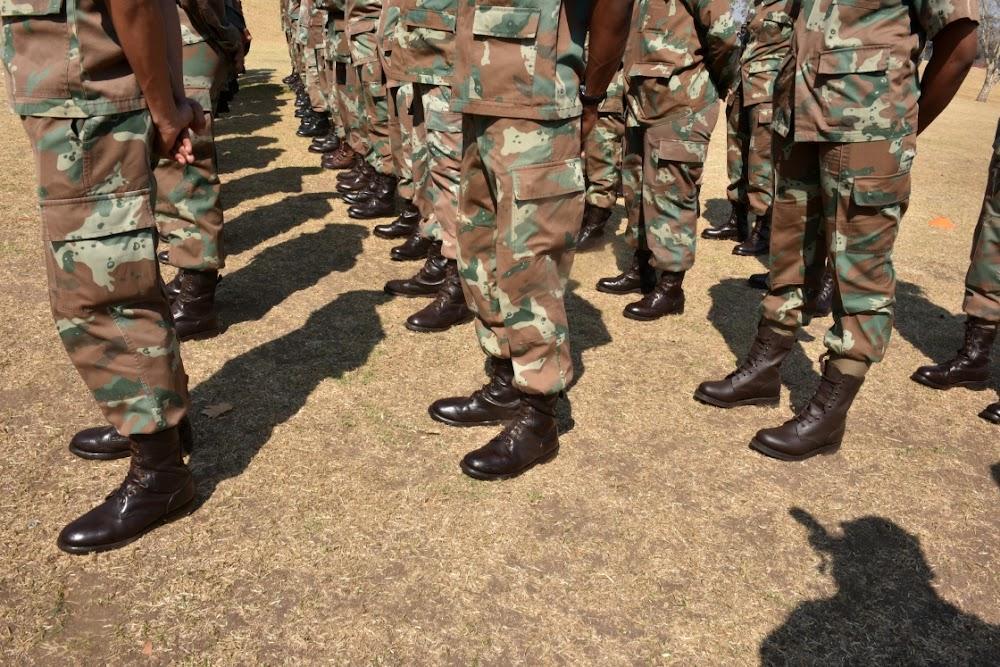Africa-Press – South-Africa. The South African National Defence Force (SANDF) says the withdrawal of troops deployed as part of the Sadc Mission in the Democratic Republic of Congo does not signal an abandonment of the people, but is a technical move intended to pave the way for continued peace efforts and mediation processes.
On Sunday, defence minister Angie Motshekga shared developments of the withdrawal, confirming that SANDF troops, deployed alongside partner forces from Tanzania and Malawi, have begun withdrawing from the mission area.
She said this follows a series of extensive regional diplomatic engagements, high-level consultations with key stakeholders and notable progress in the ongoing peace efforts in the eastern DRC.
“The withdrawal of SANDF troops from the eastern DRC marks a new chapter in our regional peacekeeping efforts. This reflects confidence in the DRC’s quest to manage its internal security challenges with reduced external military presence, supported by ongoing diplomatic and development partnerships,” she said.
Chief of the SANDF Gen Rudzani Maphwanya said the withdrawal was being done systematically in a phased manner.
“We are withdrawing with the pride that there is an element of peace because M23 committed that there will be an element of peace. And therefore our withdrawal must be seen in the context that the political effort to have peace and stability in the DRC is now on the horizon,” he said.
Maphwanya said the decision to withdraw troops followed a meeting between the Southern African Development Community (Sadc) and East African Community (EAC), where regional chiefs of defence forces agreed on a co-ordinated blueprint to address the conflict in the eastern DRC.
According to Maphwanya, the agreement acknowledged that the cessation of hostilities and a ceasefire had created a foundation for mediation to take precedence.
“We cannot shoot our way to peace. We therefore indicated that we will support the effort by our political leadership,” he said.
He said the leadership of the M23 rebel group had committed to observing the ceasefire and cessation of hostilities. To secure this commitment, chiefs of defence forces from the contributing countries — South Africa, Malawi, and Tanzania — along with the Sadc Organ’s director — had travelled to Goma to meet the M23 leadership.
“This withdrawal is not accidental and withdrawal is not a sign of weakness. It’s a position of the political effort to say that there is peace and stability in the eastern DRC, and therefore we are withdrawing with that pride to say there is an element of peace because M23 committed to the cessation of hostilities. DRC had to also sign an undertaking with M23.”
Maphwanya said the troops are going to the assembly area identified in Tanzania and will have to pass through Rwanda
“It had been negotiated and discussed by Sadc leadership that it is a thoroughfare to our assembly area and from the assembly area, which is in Tanzania, all the forces will go to their respective countries in one way or another.”
He said equipment would be transported by sea to South Africa while personnel would travel by air.
The withdrawal started on April 29 with 13 trucks.
The second batch would follow and the withdrawal would be concluded by the end of May, he said.
Maphwanya said the cost of the withdrawal would not fall solely on South Africa, as the process was being co-ordinated by the Sadc. He said the regional body has established a dedicated budget for the withdrawal, funded by contributions from all Sadc member states.
For More News And Analysis About South-Africa Follow Africa-Press






